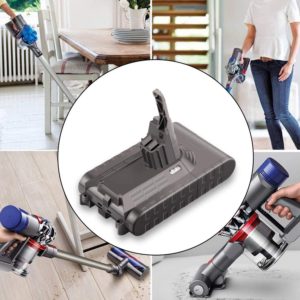A handful of new systems are promising more than 15 hours’ battery life on a single battery charge, or 20 hours with an optional second battery installed. The days of plugging in on the road are almost over, at least for short business trips.
Panasonic introduced its newest Toughbook 31 which can run for up to 18 hours depending on the use case, or 27 hours with an optional second battery installed. The laptop has a tough briefcase-type exterior so it can withstand a fall. Panasonic Toughbook beats out two other recently introduced laptops for battery life. Dell claims 15 hours for its XPS 13, or 22 hours with a second Dell hd438 battery. And the two batteries in Lenovo’s ThinkPad X250 can power it along for up to 20 hours.
For all these estimates, battery life will depend partly on the applications you’re running on your notebook. Playing video games and watching movies generally draws more juice than surfing the web or using a word processor. The display draws the most battery power, and the brighter the screen the less battery life you’ll have.
Ongoing improvements to storage, memory and CPUs are all helping to lengthen battery life as well.

Laptops that get more than 15 hours on a charge usually have solid-state drives, which are more power-efficient than spinning hard disks. Battery technology itself hasn’t improved much lately, but laptops are getting smarter, more sophisticated circuitry to help them run longer. Intel used to focus more on horsepower than energy efficiency, but that’s switched in recent years, he noted. Displays are also advancing, with laptop makers using tricks to improve perceived quality of images by modulating the backlight.
The above laptops also use Intel’s latest Core processors based on the Broadwell microarchitecture, which is more power-efficient than its predecessors. Intel says Broadwell alone can extend battery life by an hour when watching HD movies or browsing the Web.
Panasonic’s claim of 18 hours is for a power-saving mode, with the wireless off and screen brightness reduced. That’s probably not a typical use case for most people. And while Dell claims up to 15 hours for the XPS 13, Intel’s measured only 11 hours for the same laptop.
Intel and AMD are both reducing the size of processors while packing in more cores, controllers and other features. That reduces the number of components on a motherboard, reducing power use further. AMD claims its PC chips will be 25 times more energy efficient over the next few years, which could mean 50 hours battery life in idle mode.
But for now, 15 hours is the exception rather than the rule. It’s pretty impressive when you compare it to just a few years ago, and for now it’s probably enough.


1 thought on “Laptop computer battery life hits new highs”
Comments are closed.